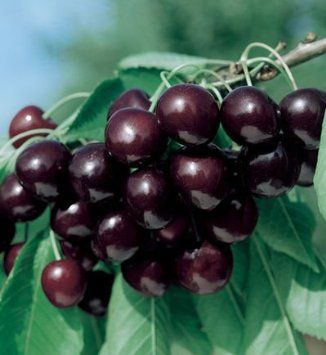
Prunus serotina subsp. serotina
Black Cherry
Description
Prunus serotina subsp. serotina, commonly known as the black cherry, is a deciduous tree native to North America. It boasts a striking appearance with its dark, reddish-brown bark that becomes deeply furrowed with age. The leaves are lance-shaped, finely toothed, and turn vibrant shades of yellow and red in the fall. In spring, the tree is adorned with fragrant, white, drooping flower clusters that attract pollinators. These flowers give way to small, dark purple or black cherries which are a favorite food source for birds and other wildlife. The wood of the black cherry is highly valued for its rich color and workability, used in furniture making and cabinetry. It thrives in well-drained soil and full sunlight. To encourage vigorous growth, provide consistent moisture and consider pruning to shape the tree in its early years.
Description
Prunus serotina subsp. serotina, commonly known as the black cherry, is a deciduous tree native to North America. It boasts a striking appearance with its dark, reddish-brown bark that becomes deeply furrowed with age. The leaves are lance-shaped, finely toothed, and turn vibrant shades of yellow and red in the fall. In spring, the tree is adorned with fragrant, white, drooping flower clusters that attract pollinators. These flowers give way to small, dark purple or black cherries which are a favorite food source for birds and other wildlife. The wood of the black cherry is highly valued for its rich color and workability, used in furniture making and cabinetry. It thrives in well-drained soil and full sunlight. To encourage vigorous growth, provide consistent moisture and consider pruning to shape the tree in its early years.